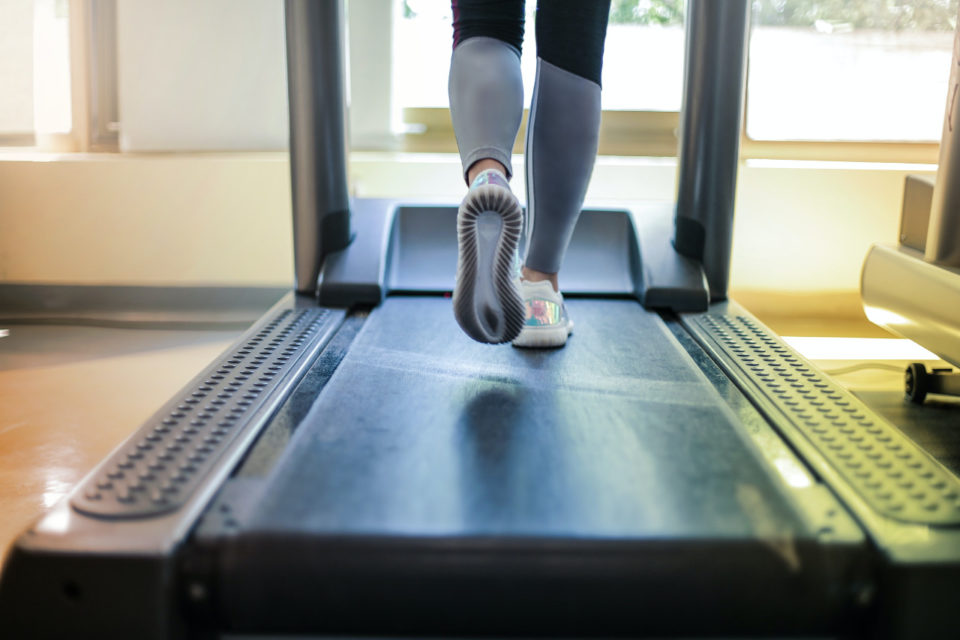
Some people do endurance training to relieve stress, others want to increase their performance or shed weight, and then there are those who do it for health reasons. What you get out of it all depends on how you go about it and the type of sport you choose to train your stamina. We’ve looked into endurance training in detail for you, so read on to find out everything you need to know before you get started.
Why you should embrace endurance training
Regular endurance training has a range of positive benefits for your entire body. Here’s a list of all the positive impacts:
- Your immune system: regular endurance training increases your antibodies, giving you greater protection against infections or colds.
- Your circulation: endurance training increases your number of red blood cells, extending maximum oxygen uptake.
- Your brain: it increases circulation to your brain, improving your ability to concentrate.
- Your heart: endurance training reduces your blood pressure and your resting heart rate, while also improving the blood supply to your cardiac muscle.
- Your mind: we mentioned at the start that many people use endurance training to relieve stress. And it is completely true, as endurance training increases the release of what is known as the happiness hormone “serotonin”, reducing your risk of getting depression, for example. It also reduces the stress hormones (adrenaline & cortisol), heightening your tolerance of stress and general resilience.
- Your muscles: your muscles gain greater definition, and the supply of blood to your muscles and your muscle metabolism is improved.
- Your lungs: the flow of blood to your lungs is also improved by endurance training as your breathing becomes stronger and more economical.
So, if you haven’t started endurance training yet, it’s high time you gave it a go!
What is the best approach to endurance training?

The best approach to endurance training is to do a sporting activity two to three hours a week (competitive sportspeople naturally train more) for as long as possible. A single training session should last at least 20 to 30 minutes. Endurance sports are: jogging, cycling, swimming, walking, inline-skating, rowing, dancing and even hiking. But even aerobics or Zumba for example, can be used for endurance training. After all, it’s important to have fun when you’re training for such long periods.
If this is your first attempt at endurance training, then you need to start by finding the right type of endurance sport for you. If possible, try out a couple of different sports before deciding which one you want to use for endurance training. If you like being outside, there are plenty of different options. But thanks to fitness studios, you can also use a stepper machine, treadmill, indoor bike, or cross trainer.
How do I improve my endurance?
If you’ve been doing endurance training for a while now, perhaps you’ve started wondering how you can build up your stamina. It’s important to remember that your body can quickly get used to a workout. First you need to vary your training. Regularly increase the distance, pace, and intensity. This will mean something different depending on what type of endurance sport you choose. In general, it is important to always give your body new stimuli.
If you have ever tried to improve or increase your stamina, you will have heard about your pulse or heart rate. Measuring your heart rate while training can help you improve your endurance in a targeted way. The heart rate range in which you train will not just show you your current level of fitness, but also give you the chance to improve your stamina. The different heart rate ranges are:
- Basic endurance 1: 65-75%
- Basic endurance 2: 75-85%
- Competitive endurance: 85-95%
- Recovery range: 55-60%
Basic endurance 1 is the basis for all endurance training and is suitable for long training sessions. Training sessions in this heart rate range should regularly feature on your training plan. You train “aerobically” in this range, and after regular training you will be able to maintain training loads for longer in this range.
If you train in basic endurance 2, your body will get used to higher speeds over a longer period. The training sessions in this range are shorter than those in basic endurance range 1, enabling you to improve your stamina and speed.
You train for competition-level endurance if you train in the 85-95% heart rate range. If you’ve given yourself a target time for a competition, then this is the range you need to train in. That way you can train in a way that targets your stamina and speed to meet this goal. This is because you are training anaerobically – so you can manage high loads for longer without getting tired as quickly.
If you want to recover from an intensive training load or want to include a light training session on recovery days, then we recommend the recovery range.

If you want to know more about the terms “aerobic” and “anaerobic” and what they have to do with endurance, we’ve got you covered; we recently put together a post on this very topic. You can read more about it here.
And if you’re wondering how to find out about the different heart rate ranges, there are now special watches and apps that show you your exact heart rate at a given moment, helping you increase your stamina.
Whether you’re only just starting endurance training or want to use it to boost your performance, to really stay focused we recommend following a training plan. That way you’ll know exactly what point you’re at, what progress you’ve made, and what you have to do to guarantee you reach your goals!
Image sources: shutterstock_2111195888, pexels-koolshooters-8520627, pexels-andrea-piacquadio-3757957